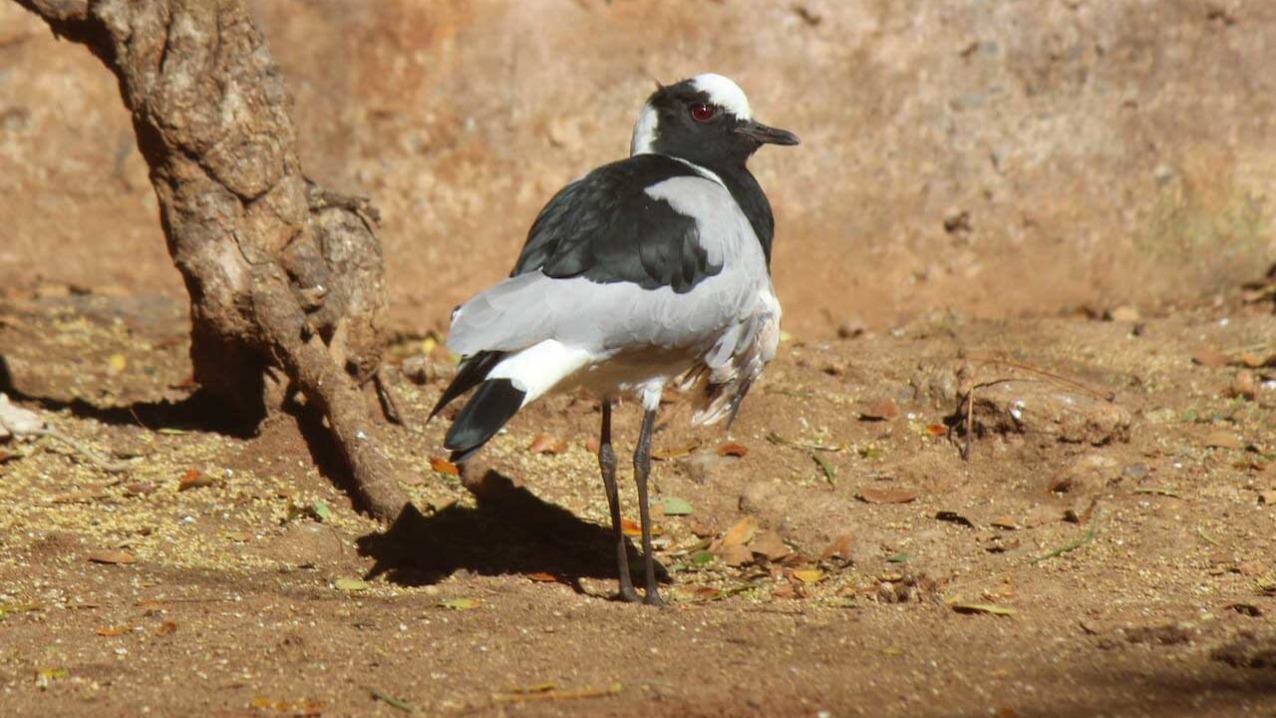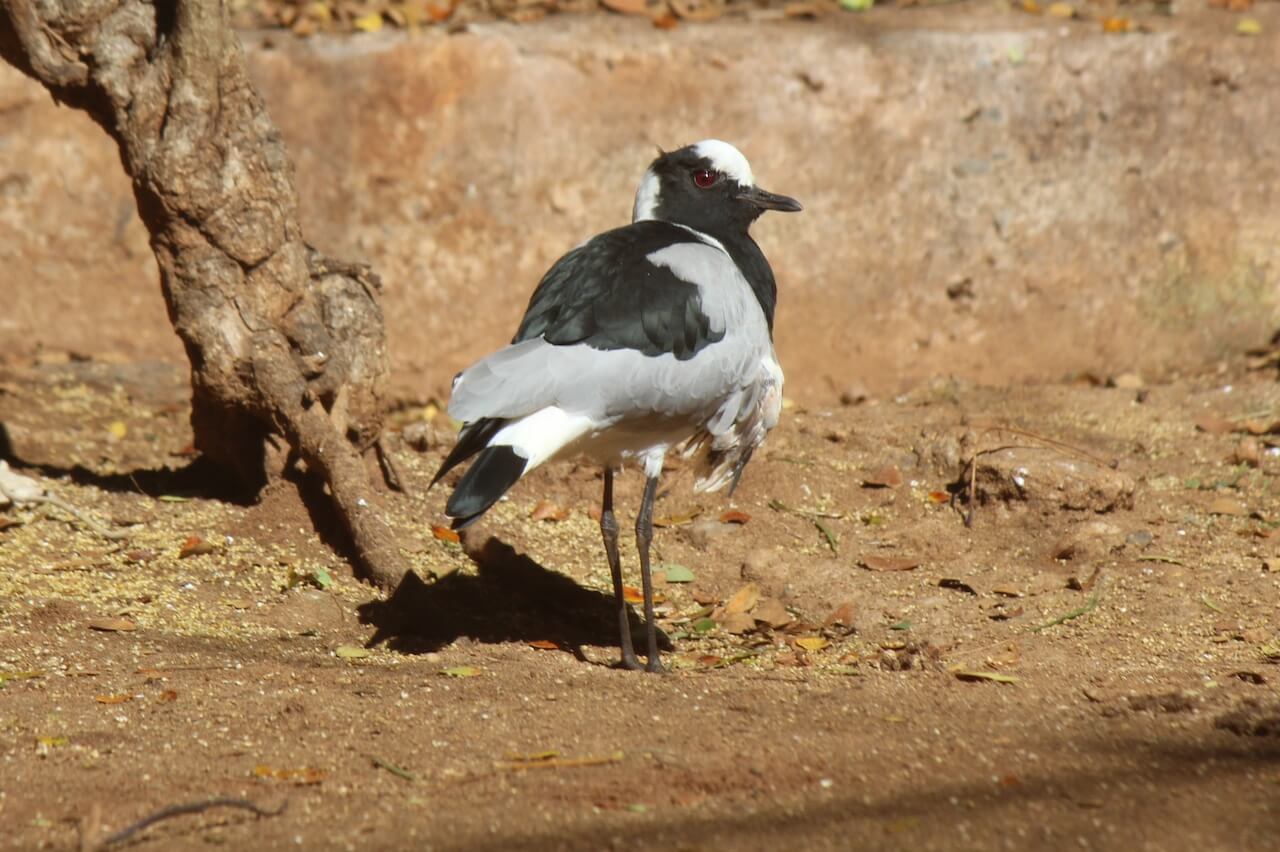vanellus armatus
Blacksmith Plover
About Me
Scientific Name: Vanellus armatus
Description
The Blacksmith Plover is a medium sized lapwing bird approximately 12 inches long. It is a strikingly patterned bird with red eyes, and very long legs. The long legs enable it to move very quickly across the open moist landscapes enjoyed by the creature. Both sexes are alike having primarily black and white plumage with a tinge of occasional gray. This bird has a white belly, a white nape patch on the top and side of its head, and white under the wings. The rump and tail of the Blacksmith Plover are white with a bit of black. The rest of the animal is black. The Blacksmith Plover has a spur on both wings buried in its plumage which is used for fighting and protection.
Fun Facts
During the breeding season, the species often reacts aggressively to other lapwings or African jacanas that may enter its wetland habitat.
The Blacksmith Plover plucks parasites from the backs of the reptiles as they bask in the sun. The Blacksmith will even enter the mouth of the crocodile to pick remnants of food from between the teeth or leeches from the lining of the mouth.
Kingdom: Animalia
Phylum: Chordata
Class: Aves
Order: Charadriiformes
The Blacksmith Plover is a medium sized lapwing bird approximately 12 inches long. It is a strikingly patterned bird with red eyes, and very long legs. The long legs enable it to move very quickly across the open moist landscapes enjoyed by the creature. Both sexes are alike having primarily black and white plumage with a tinge of occasional gray. This bird has a white belly, a white nape patch on the top and side of its head, and white under the wings. The rump and tail of the Blacksmith Plover are white with a bit of black. The rest of the animal is black. The Blacksmith Plover has a spur on both wings buried in its plumage which is used for fighting and protection. (Kindersley, 1993).
The Blacksmith Plover is distributed throughout southern and eastern Africa. It has recently extended its range and now breeds south to Cape Town, South Africa. The Plover inhabits the dry ground beside rivers, lakes, dams, ponds, lagoons, waterholes and sewage farms.
The Blacksmith is an assertive, conspicuous but wary creature. When the Blacksmith Plover is disturbed it makes a very loud metallic sounding “clink, clink” that resembles the sound of someone hammering a piece of metal. These Plovers are usually found alone or in pairs but will occasionally congregate with other plovers and fly in a flock.
The Blacksmith Plover spends most of its time during the day at lakes and marshes with muddy banks where it feeds on insects, worms, snails, seeds, small mollusks, and crustaceans. There have been scattered reports over the past 2,500 years of the Blacksmith Plover feeding near and in the mouths of crocodiles. The Blacksmith Plover plucks parasites from the backs of the reptiles as they bask in the sun. The Blacksmith will even enter the mouth of the crocodile to pick remnants of food from between the teeth or leeches from the lining of the mouth (Burton, 1985). The Blacksmith Plover is a monogamous territorial bird.
While the Plover is in non-breeding it will form pairs or be part of a group. With the advent of breeding the birds begging to court each other. The courtship ceremony involves the birds running around in a straight up posture, getting very excited, calling, perhaps picking up an object and shaking it around, bowing, and turning the head from side to side. They will later pair off and may copulate. This continues while the birds are still in flocks and goes on until just before the eggs are laid (Brown, 1982).
Both sexes of the Blacksmith Plover participate in building the nest. The Blacksmith Plover builds its nest on the ground using its body to dig the hole. This procedure is called the nest-scrape. The Blacksmith Plover lays one to four eggs each time. Incubation by both parents begins after the last egg is laid and lasts about 23 31 days. One of the parents must sit on the eggs at all times in order for them to hatch. The parents relieve each other every 20 80 minutes.
Blacksmith Plover chicks weigh approximately 16.5 oz at birth. The chicks leave the nest within just a few hours. The babies depend on their instinctive response to the parents call and their ability to camouflage themselves for survival. They can make themselves almost invisible with their plumage and remain motionless until any danger has passed.
The Blacksmith Plover is not an endangered species. The Blacksmith Plover has a good sized population because the survival rate of the newborn is high at locations where populations have been studied.
The Birds of Africa Volume II, Brown, Leslie, Emil K. Urban, and Kenneth Newman, Academic Press, London, New York 1982.
Bird Behavior, Burton, Robert. New York, New York: Alfred A. Knopf, Inc., 1985.
Birds of South Africa, Calburn, Simon. Calburns Purnell and Sons S. A. (PTY) LTD. 1969.
A Field Guide to Animals and Plants, Cincinnati Zoo.
Other Birds
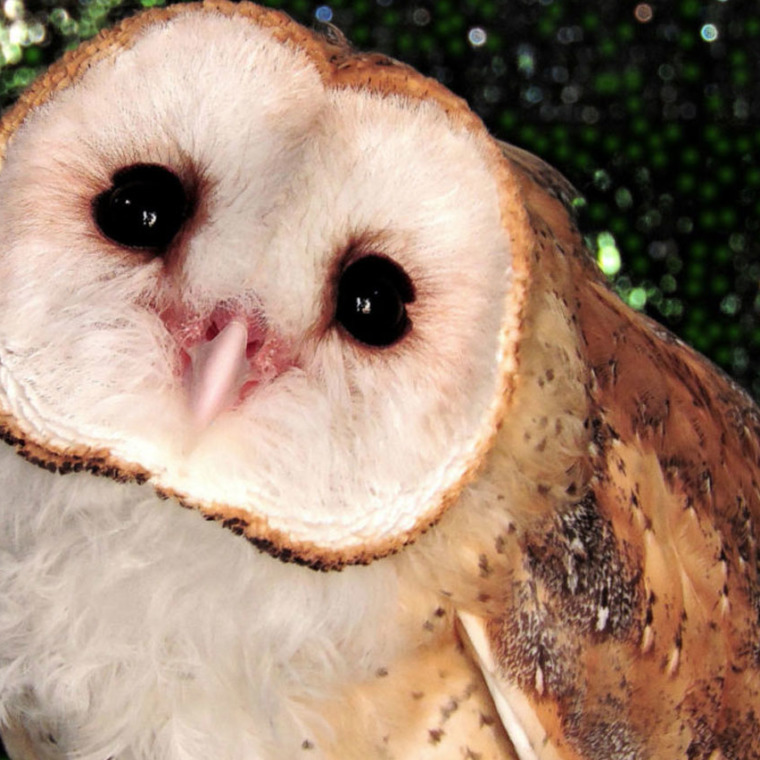
Barn Owls are found throughout the globe, in Europe, Africa, Asia, Austrailia, and the Americas
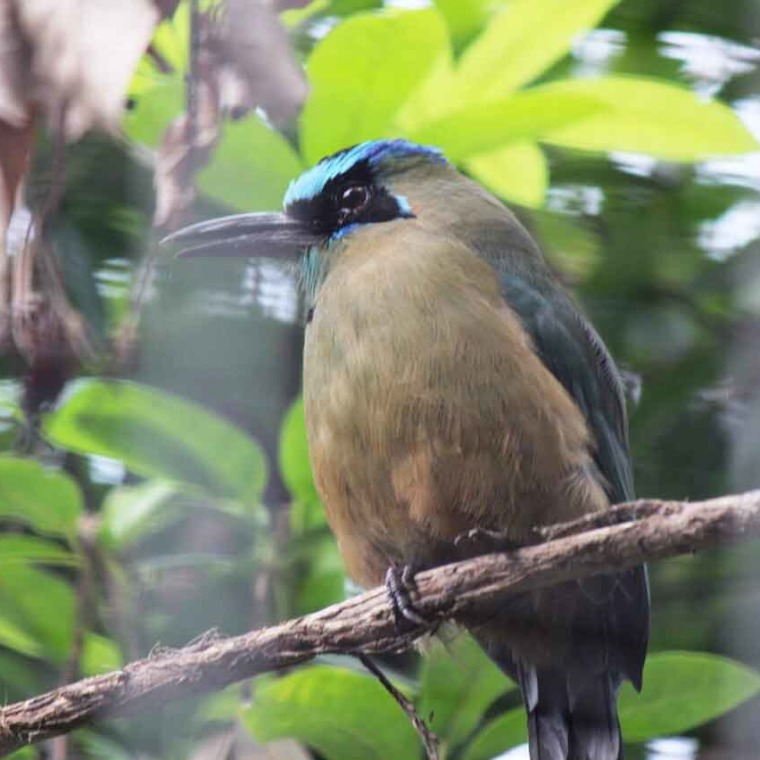
This animal can grow over a foot in length! Motmots possess a serrated beak and red eyes, with a black mask that encircles their heads.
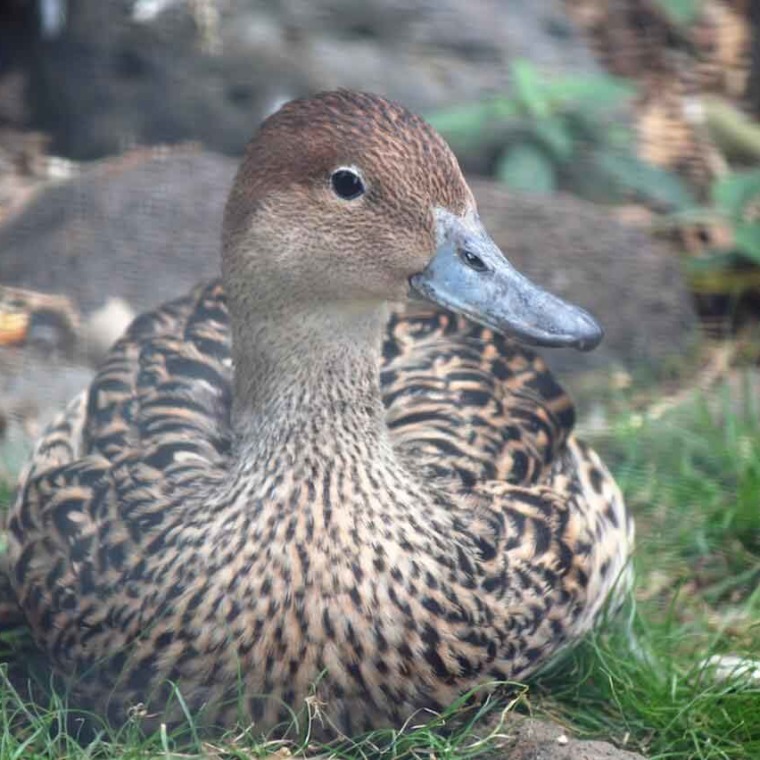
Koloa maoli are very secretive and difficult to observe except in protected areas such as Hanalei National Wildlife Refuge on Kauai.

This bird is found primarily on islands, and has a wide ranger across the equatorial band of every ocean on Earth, save for the Arctic Ocean, which does not cross the equator.
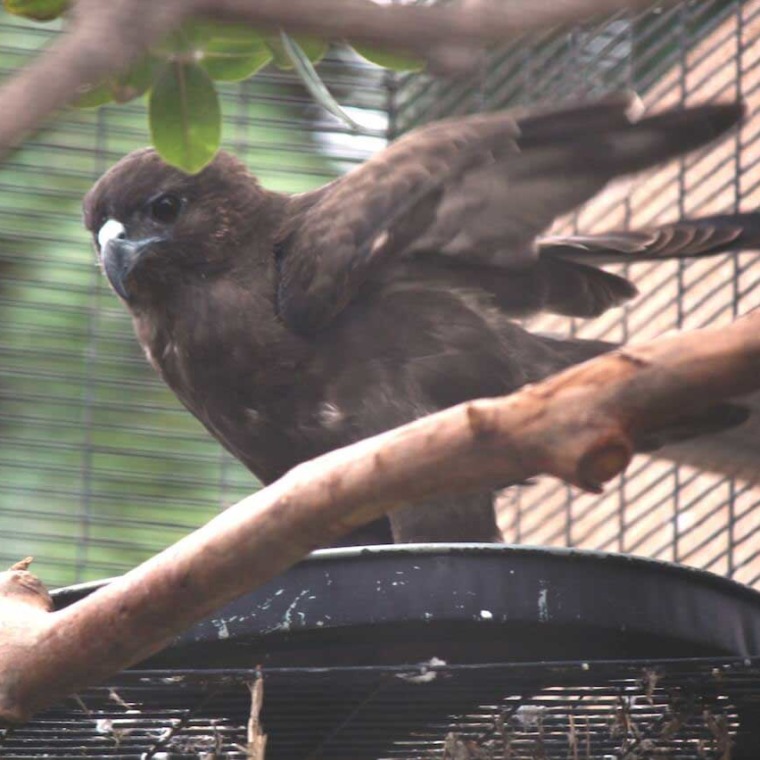
’Io prefer to hunt from tall perches that they use to survey their prey; however, they are known to dive at targets from mid-flight if the opportunity presents itself. are territorial and come together only to breed.


